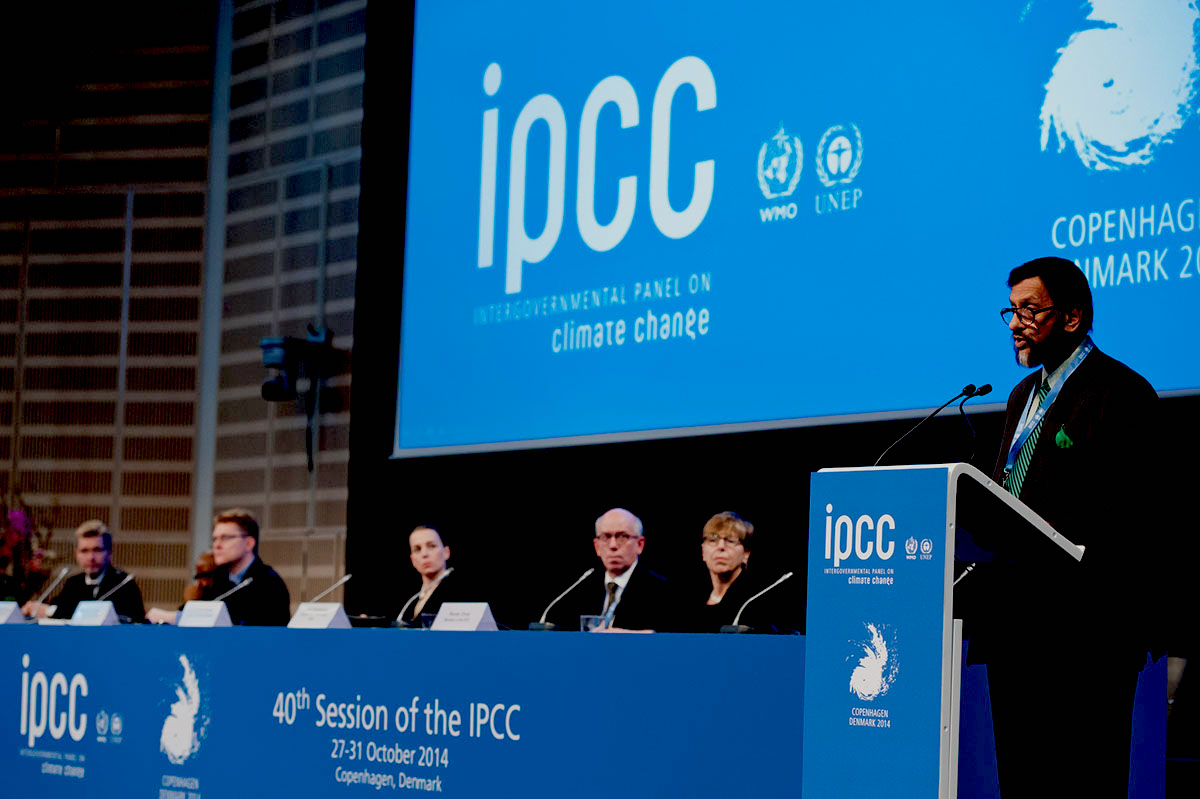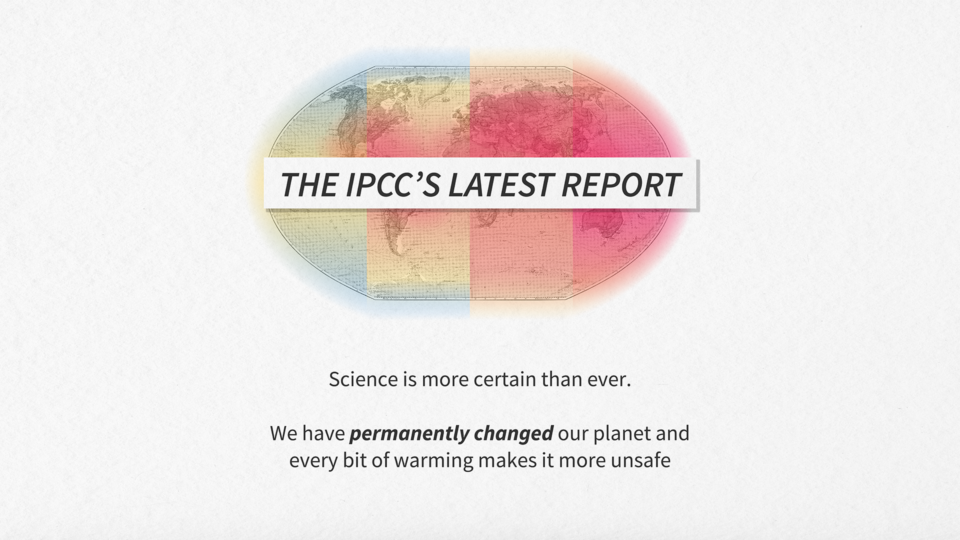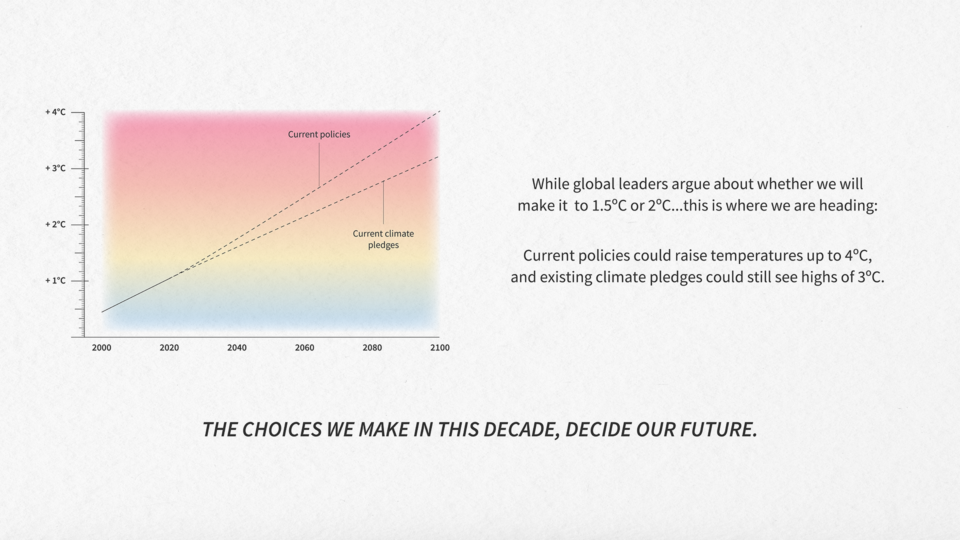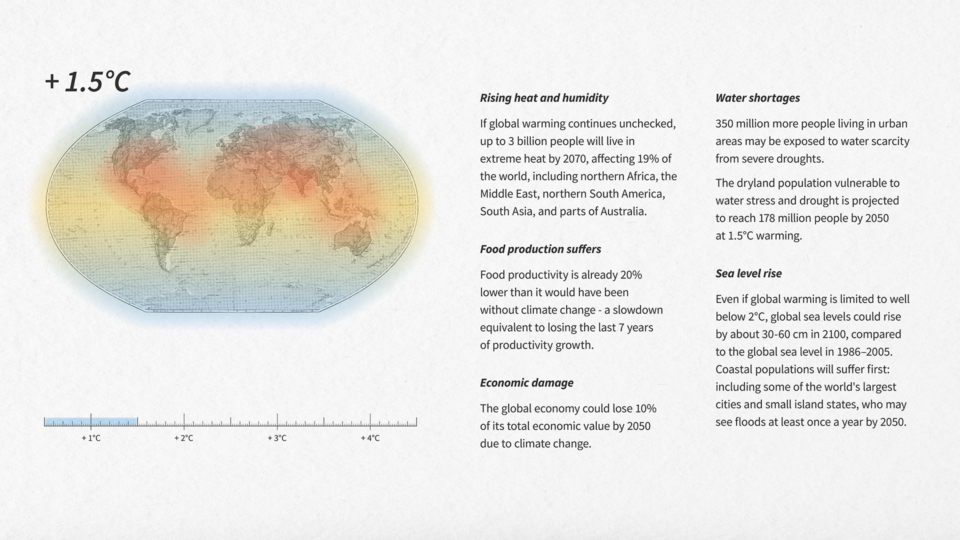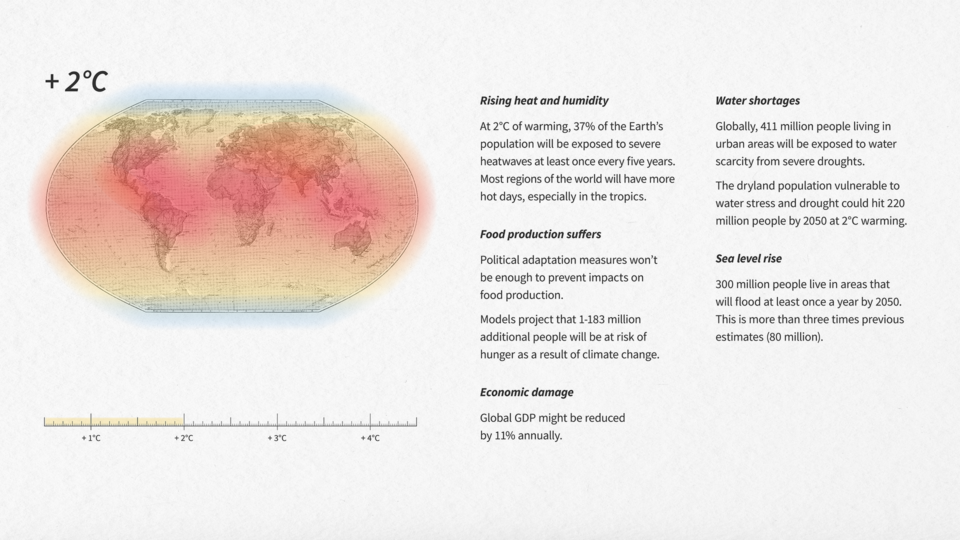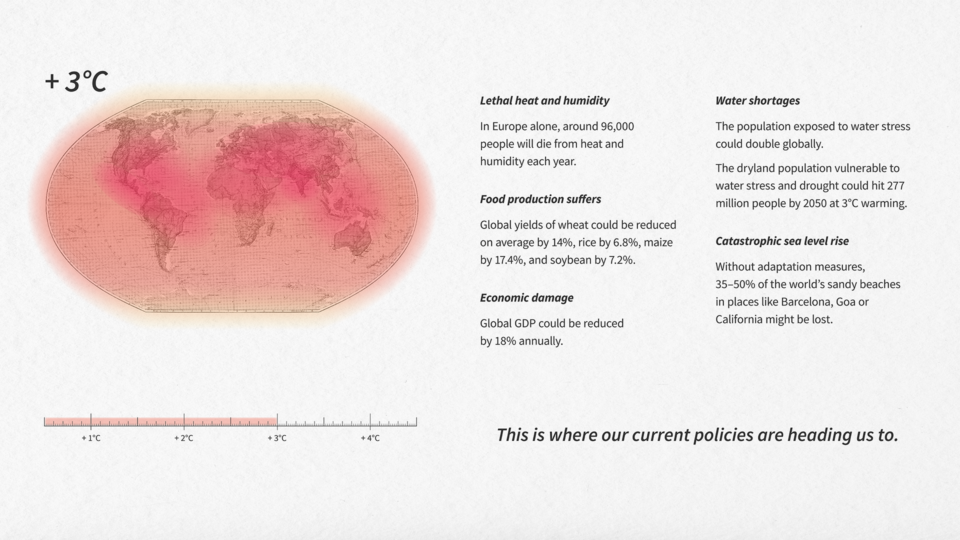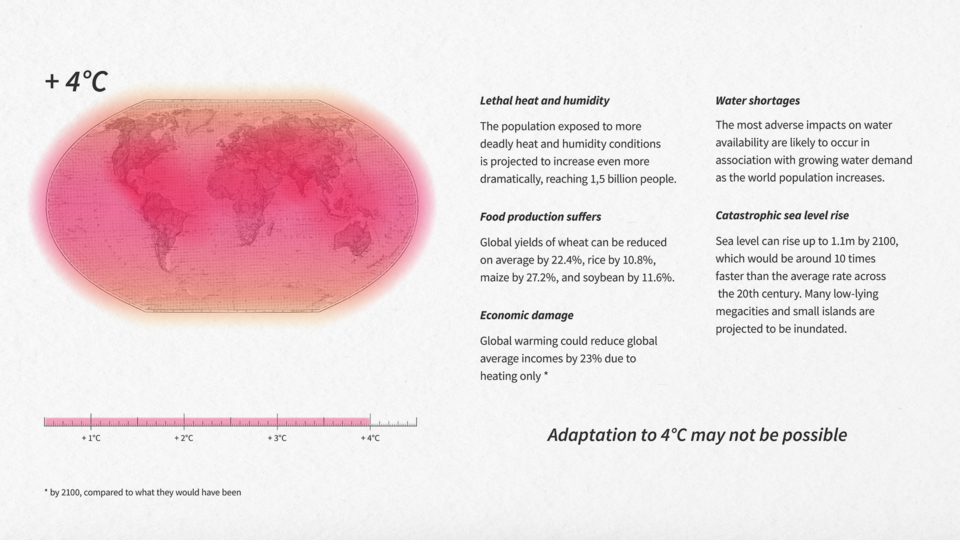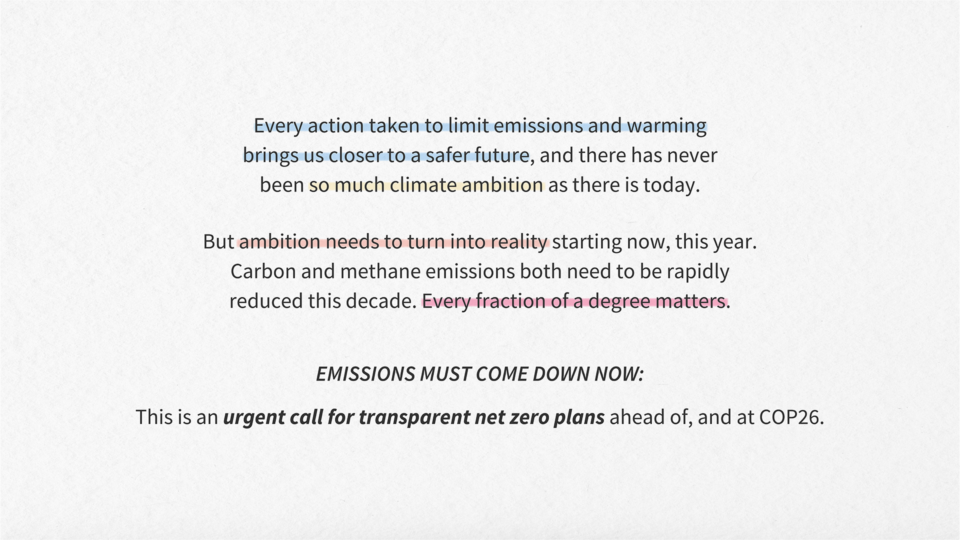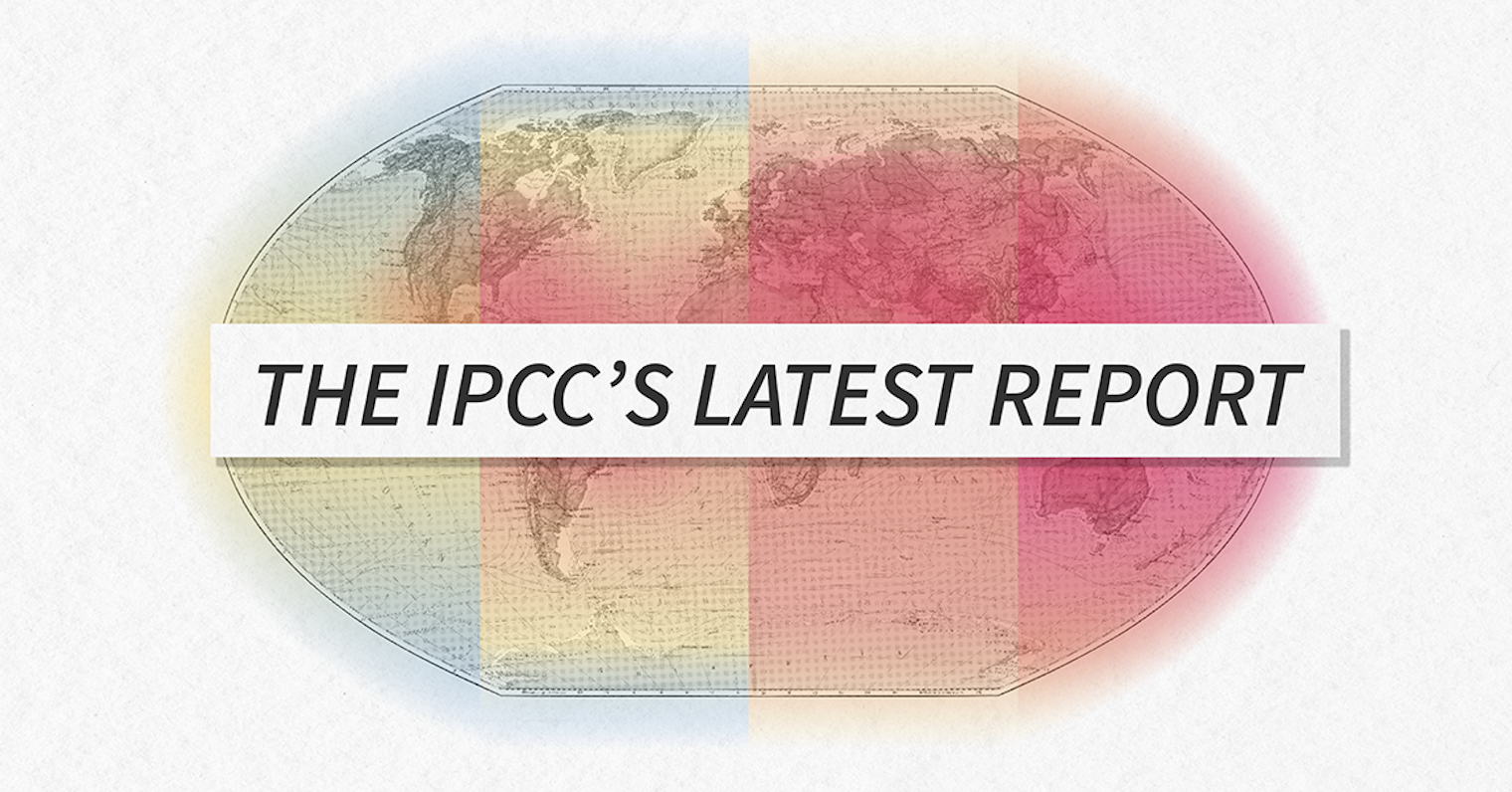
From deadly floods in Europe, Turkey and China, to deadly heat and wildfires in North America, to deadly landslides in India – the climate crisis is becoming more tangible than ever before.
Now the science is clearer than ever before, too: the fingerprints of human activity can be traced throughout the changing climate system, with new extremes in rainfall, temperatures, sea level rises and tropical storms. It shows that every fraction of warming makes the planet less safe – and that every bit of action contributes to a safer future.
Those are the findings in the Intergovernmental Panel on Climate Change’s (IPCC’s) latest in a series of scientific reports on climate change, the Sixth Assessment Report (AR6) from Working Group 1, released on 9 August.
AR6 builds on 30 years of warnings from climate science, including IPCC’s 2018 special report on 1.5°C, and 2019 special report on land and on the ocean and cryosphere. It shows that the window for limiting global warming to 1.5°C is narrow and closing, and requires a halving of greenhouse gas emissions and radical regeneration of nature within the 2020s. The difference between limiting warming to 1.5°C and 2°C is dramatic, in terms of lives lost, destruction and economic instability.
Here are five findings from the IPCC’s AR6 report, and where we go from here.
The path to 1.5°C
The science on the future impacts of climate change and attribution to human activity is now stronger and clearer than ever, thanks to advances in historic data, climate models and ways to combine different types of evidence.
The impacts are worse than previously thought and will grow costlier and more devastating even under lower-carbon scenarios. But since many impacts are already locked in, countries and the private sector urgently need to adapt and build resilience while simultaneously mitigating further warming.
For the best chance of staying within 1.5°C, AR6 finds that governments and businesses need to halve pollution between 2020 and 2030 and reach full decarbonisation by mid-century.
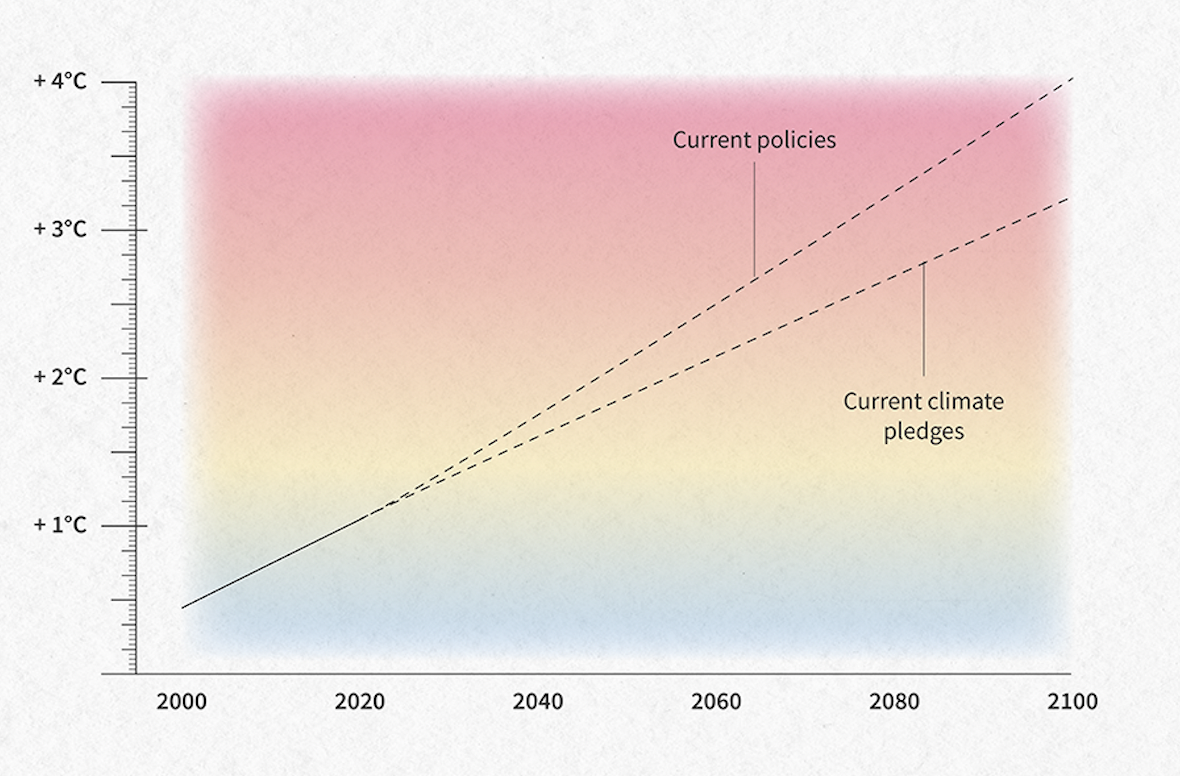
THE CHOICES WE MADE IN THIS DECADE, DECIDE OUR FUTURE
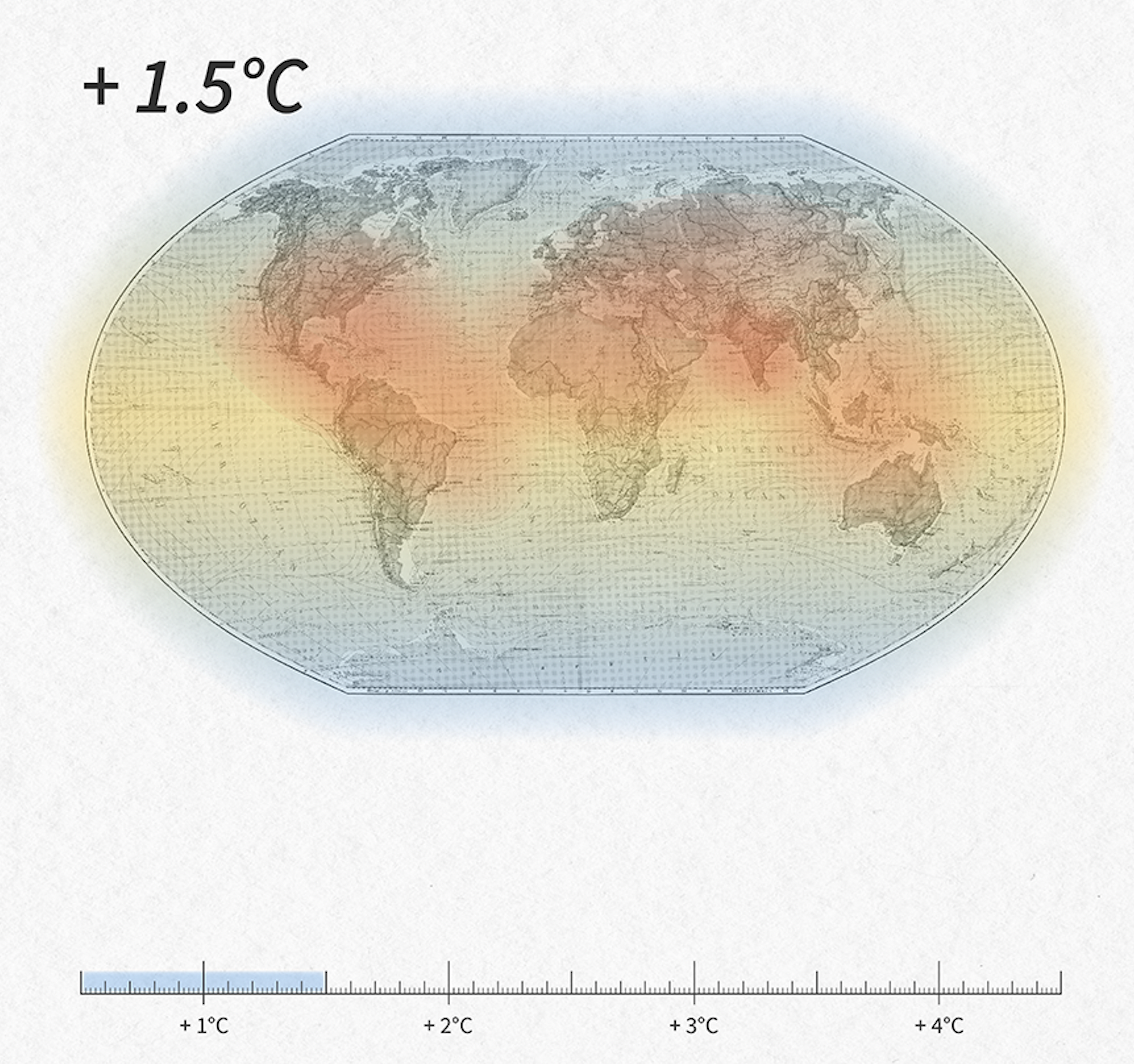
This includes potent short-lived emissions such as methane and nitrous oxide. The atmospheric concentration of both, along with carbon dioxide, is now higher than at any point in the last 800,000 years, according to the US Environmental Protection Agency. Yet, government spending plans for the recovery from Covid-19 are expected to drive carbon emissions to record levels in 2023, and up further after that – setting the world way off course from net zero by 2050, the International Energy Agency recently stated.
Protect nature
The potential to suck carbon out of the atmosphere is limited and cannot substitute emission reductions, AR6 finds. Protecting and restoring nature, and reversing biodiversity loss, will help to both reduce emissions from land destruction and build resilience to climate change.
Recent wildfires in North America, Australia, Siberia, Brazil and elsewhere underscore the danger of assuming that tree-planting and soil carbon sequestration will offset continued pollution. There is no guarantee that carbon absorbed by trees and soil will be stored forever.
New research from Brazil’s National Institute for Space Research found recently that the Amazon rainforest is for the first time emitting more CO2 than it can absorb, and that its 1 billion tonnes per year of emissions mostly come from fires.
Short but punchy emissions
AR6 for the first time zooms in on the impacts of methane, a greenhouse gas responsible for about a quarter of global warming. Methane stays in the atmosphere for about 12 years, but can result in roughly 30 times more warming than CO2 over a century.
The concentration of methane is now well above the safe limits outlined in the IPCC’s 2014 Fifth Assessment Report. Its emissions have grown more than previously anticipated as a result of the growth of the three sectors most responsible for methane: fossil fuels, landfill waste and agriculture.
Cutting methane emissions, therefore, would play an outsized and cost-effective role in tackling climate change – and improve public health at the same time, according to the UN Environment Programme this year.
A 45 percent reduction in methane emissions by 2030 would avoid nearly 0.3°C of warming by 2040. It can also prevent 255,000 premature deaths, 775,000 asthma-related hospitalisations, 73 billion hours of lost labour from extreme heat, and 26 million tonnes of crop losses.
Time to end dirty energy
AR6 re-emphasises what we already know: big emitting sectors need to lead the way to net zero emissions, above all by quickly transitioning from fossil fuels to clean energy sources. Halving emissions between 2020 and 2030 leaves no more room to develop new coal, oil or gas projects.
The IPCC science backs the findings in the International Energy Agency’s special report on reaching net zero emissions by 2050 and limiting warming to 1.5°C: that investments in new fossil fuel supply projects must end today, and no more final investment decisions for new unabated coal plants should be taken. The sale of new internal combustion engine cars should end by 2035, and the global power sector must reach net zero by 2040.

Governments can drive this transformation by swiftly ending fossil fuel subsidies. Fossil fuel subsidies from the big G20 economies only slipped by 10 percent between 2015 and 2019, to $636 billion, according to BloombergNEF. Seven G20 countries raised their fossil fuel subsidies in those years.
Follow the science
The IPCC remains the gold standard on climate science, and AR6 adds to an expansive and evermore precise body of information on the impacts and man-made causes of climate change. Limiting warming to 1.5°C requires political, business and finance leaders to ground their decision-making in IPCC science.
Governments have an opportunity in 2021 to set the world on a new course, when they meet at the UN COP26 climate summit in Glasgow in November. So far, however, momentum towards mitigating emissions, adapting to impacts and shoring up financial support for vulnerable countries is still lacking.
As the world’s biggest economies and emitters, G20 leaders could spur progress at COP26 by setting out strong and clear commitments when they meet on 30-31 October – including to phase out coal use and fossil fuel subsidies.
The IPCC is scheduled to release two more AR6 reports in 2022: Working Group 2’s on climate change impacts and adaptation in February and Working Group 3’s on mitigation in March. The IPCC will then integrate all three AR6 reports and the recent reports on 1.5°C, land and the ocean and cryosphere into a synthesis report due ahead of COP27 in late 2022.

